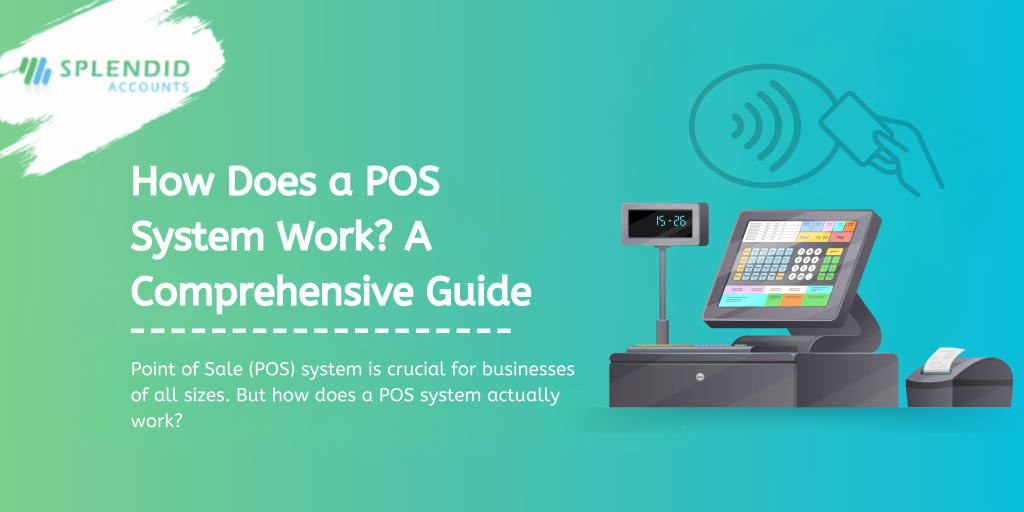
How does a POS system work? A comprehensive guide
In today’s busy retail world, a Point of Sale (POS) system is crucial for businesses of all sizes. But how does a POS system actually work? This article will break down the components and functionalities of POS systems, providing you with a clear understanding of their operation and benefits.
1. What is a POS system?
A Point of Sale (POS) system is a combination of hardware and software that allows businesses to conduct sales transactions. It is where customers complete their purchases, and it serves as the central hub for managing sales, inventory, and customer data.
2. Key components of a POS system
Hardware
The hardware component of a POS system typically includes:
- Terminal: The main device used for processing transactions (often a computer or tablet).
- Cash Register: For handling cash transactions.
- Barcode Scanner: Scans product barcodes for quick entry.
- Receipt Printer: Prints sales receipts for customers.
- Card Reader: Processes credit and debit card transactions.
- Touchscreen Monitor: Allows for user-friendly interaction.
Software
The software component of a POS system includes various applications that manage sales, inventory, and customer data. Key features often include:
- Sales Tracking: Records every transaction.
- Inventory Management: Keeps track of stock levels and alerts for reordering.
- Loyalty Program Management: Facilitates the creation and tracking of customer loyalty programs, rewarding repeat purchases and enhancing customer retention.
- Scheme Management: Manages promotional schemes and discounts, allowing businesses to run targeted campaigns and monitor their effectiveness.
- Reporting and Analytics: Provides insights into sales performance and trends.
- Customer Relationship Management (CRM): Stores customer information for personalized services.
3. How a POS system works
Transaction Process
- Product Selection: The cashier selects items for purchase using the barcode scanner or touchscreen.
- Price Calculation: The POS software calculates the total price, including taxes and discounts.
- Payment Processing: Customers can pay via cash, credit, or debit cards. The card reader securely processes card transactions.
- Receipt Generation: Once the payment is complete, a receipt is printed or emailed to the customer.
Inventory Management
- As sales are made, the POS system automatically updates inventory levels in real-time, reducing the risk of stockouts or overstocking.
- The system can also generate reorder alerts when stock reaches a specified level, ensuring that popular items are always available.
Customer Management
- POS systems often store customer data, enabling businesses to track purchase histories and preferences.
- This information can be used for loyalty programs, targeted marketing campaigns, and personalized customer service.
4. Benefits of using a POS system
- Efficiency: Speeds up the checkout process, reducing wait times for customers.
- Accuracy: Minimizes human error in calculations and inventory management.
- Data Insights: Provides valuable analytics to inform business decisions and strategies.
- Enhanced Customer Experience: Streamlines the purchasing process and allows for personalized service.
Conclusion
Understanding how a POS system works is essential for any business owner looking to improve sales efficiency and customer satisfaction. By integrating hardware and software, POS systems facilitate smooth transactions, manage inventory effectively, and enhance customer relationships. Investing in a reliable POS system can significantly boost your business operations and drive growth in today’s competitive market.
